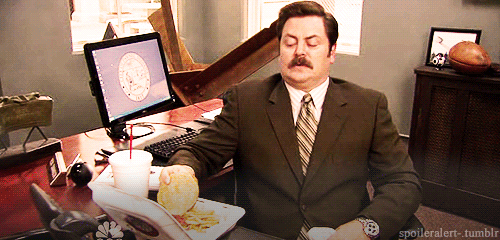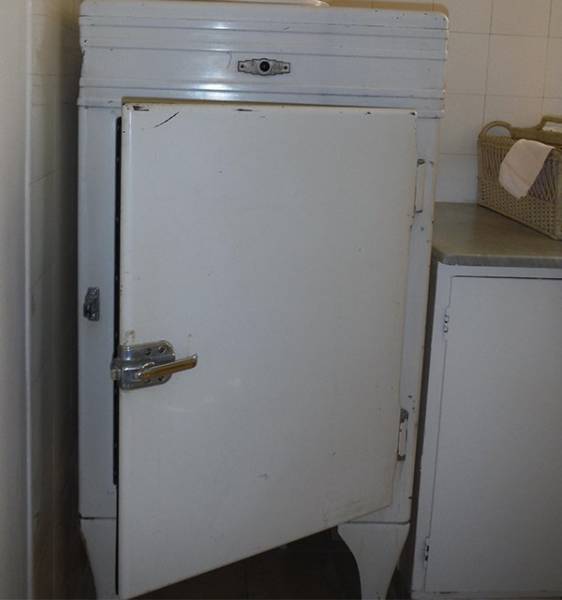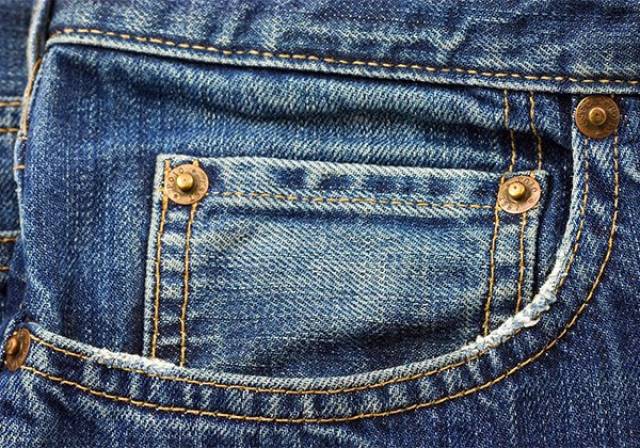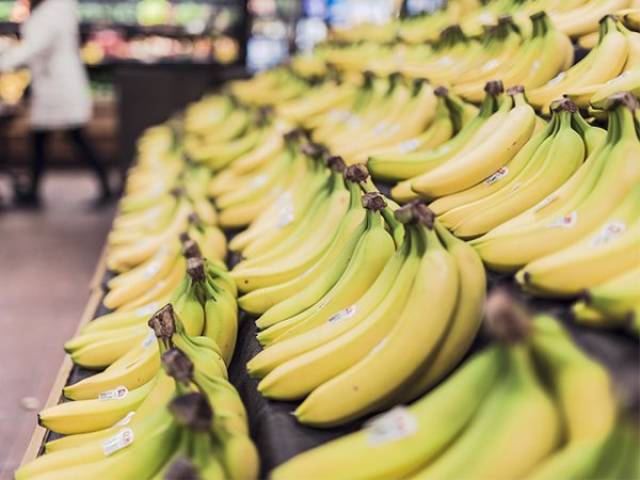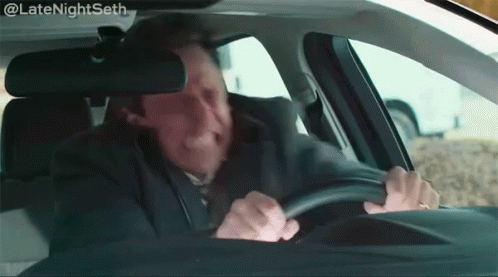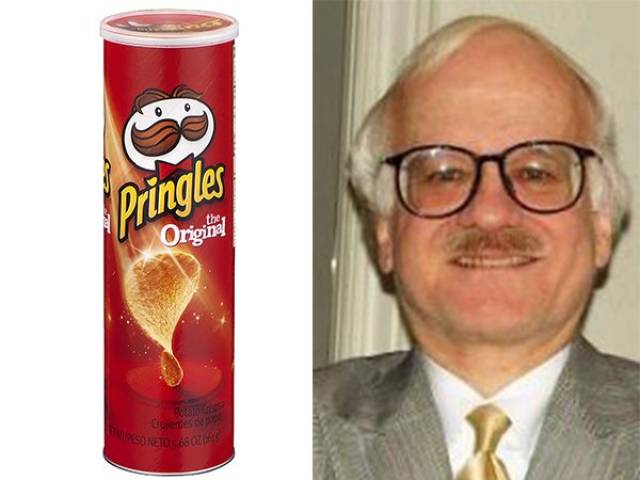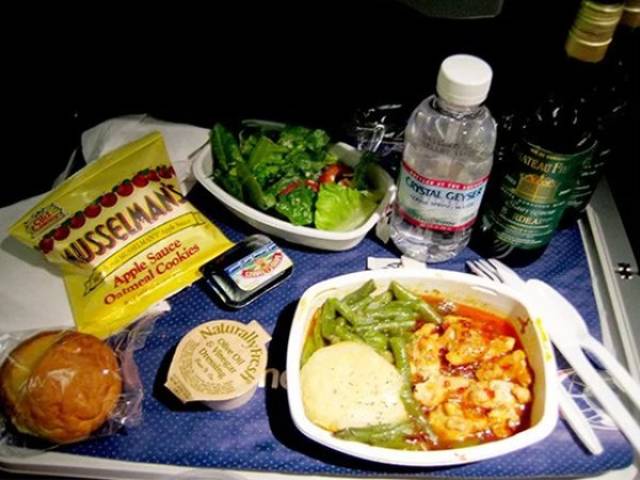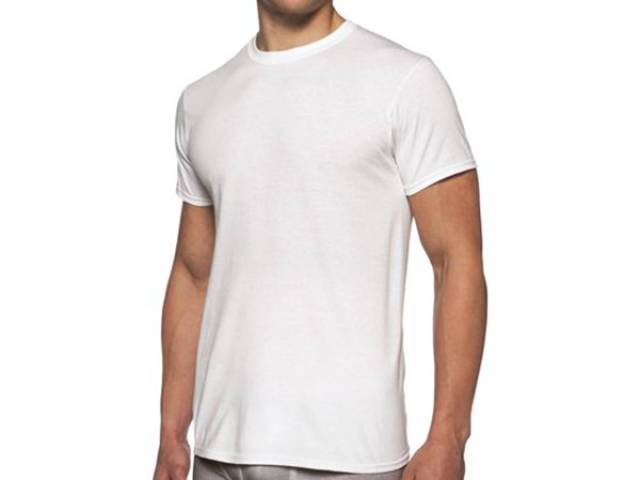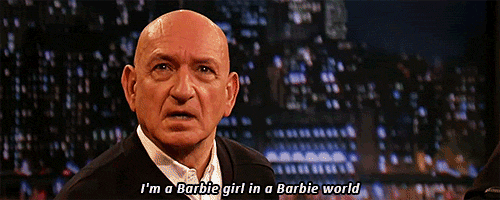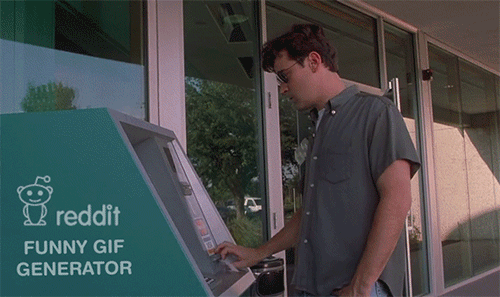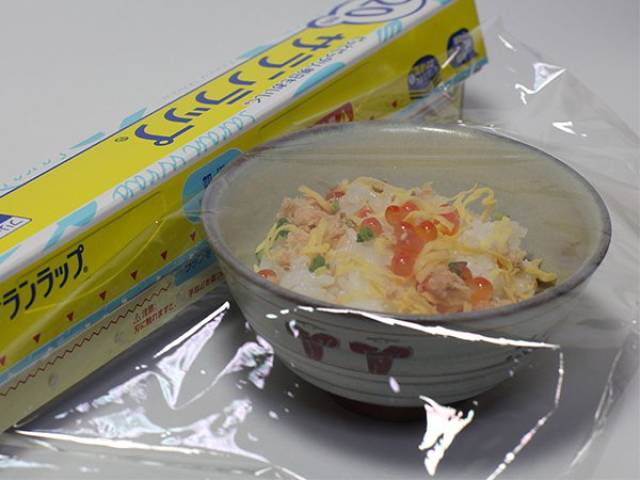Dog Poop
You might remember that, back in the day, dog poop was white, not brown. In recent years though, it’s changed because of the reduction of bone meal in dog foods. The calcium in bone meal is what used to turn the poop white.
Trailers
“Trailers” are called that because movie previews used to play at the end of movies, after the credits had rolled. Credit screens tended to be a lot shorter then, meaning you didn’t have to wait long to see the trailers.
Tic Tacs
Tic Tacs claim they have 0 sugar, but they’re actually made of 98% sugar. How do they get away with that? The serving size of one typical sugar-free Tic Tac is .49 grams. According to the FDA, any food can’t be labeled “sugar-free” unless it has .5 grams of sugar per serving. Well played, Tic Tac.
Office Desks
The average office desk has 400 times more bacteria than a toilet. That…sounds about right. I eat a lot of office snacks…
Refrigerator Doors
The first refrigerators had latch handles to keep the inside airtight. By the 1950s, children suffocating to death inside refrigerators had become such an epidemic that the U.S. created a law banning latch-doored refrigerators, and since then only fridge doors with magnetic strips have been produced.
Little Jean Pockets
That little pocket inside the bigger pocket on your jeans can’t fit shit these days, but originally it held pocket watches, giving cowboys on the frontier easy access to their watches. After that, the design just stuck.
Bananas
Every banana you eat is a clone. Nearly all the world’s banana exports come from a single, cultivated variety called the Cavendish. Cavendish bananas are seedless and therefore sterile meaning that farmers must clone the plant.
Red Lights
Not to be a Debbie Downer, but the average person spends 6 months of their lifetime waiting for red lights to turn green.
The First Vending Machine
The first ever known vending machine was created in first-century Roman Egypt and dispensed holy water using a series of weights, levers, and pulleys when a coin was placed into the machine. Little did they know their invention would be used for Cool Ranch Doritos.
The Inventor Of Pringles
Fredric John Baur, the organic chemist who invented the distinctive Pringles can in 1966, devoted his life to the technology of food storage. Upon his death, Baur was cremated and his ashes were placed in a Pringles can.
Cotton Candy
Despite being horrible for your teeth, the sticky, sugary concoction was invented by a dentist. William Morrison and John C. Wharton debuted their “Fairy Floss” at the 1904 World’s Fair.
Fire Hydrants
No one knows who invented fire hydrants. The office where the patents were being held burned down. Seriously.
Airline Food
Altitude can change taste. The combination of dryness and low pressure reduces the sensitivity of your taste buds to sweet and salty foods by around 30%.
T-Shirts
The T-Shirt first became popular with the US Navy in 1913. One reason they were so popular is that they didn’t have buttons that would need to be sewn on. Naturally, t-shirts were then marketed for bachelors who also didn’t know how to sew on their own buttons.
Barbie
Barbie has a last name. In fact, her full name is Barbara Millicent Roberts.
Forks
The smaller your fork, the less you’ll eat. According to the researchers, this is because the smaller forkfuls of food lead those eating to “feel they are not making much of a dent in consuming their food, and, hence, satisfying their hunger.”
PINs
Your PIN was almost six digits instead of four. When Scotsman John Shepherd-Barron invented the ATM, he figured a six digit PIN would be best since he could always remember six numbers. However, his wife told him over breakfast that she could only remember four numbers, and so he changed it.
Saran Wrap
It turns out you’re not crazy, saran wrap really is less sticky than it used to be. The original formula contained polyvinylidene chloride (PVDC), which they discovered released toxic chemicals from inside landfills. On its own, the company decided to change the formula to remove this. Unfortunately though, they never found a replacement chemical that was nearly as sticky.




